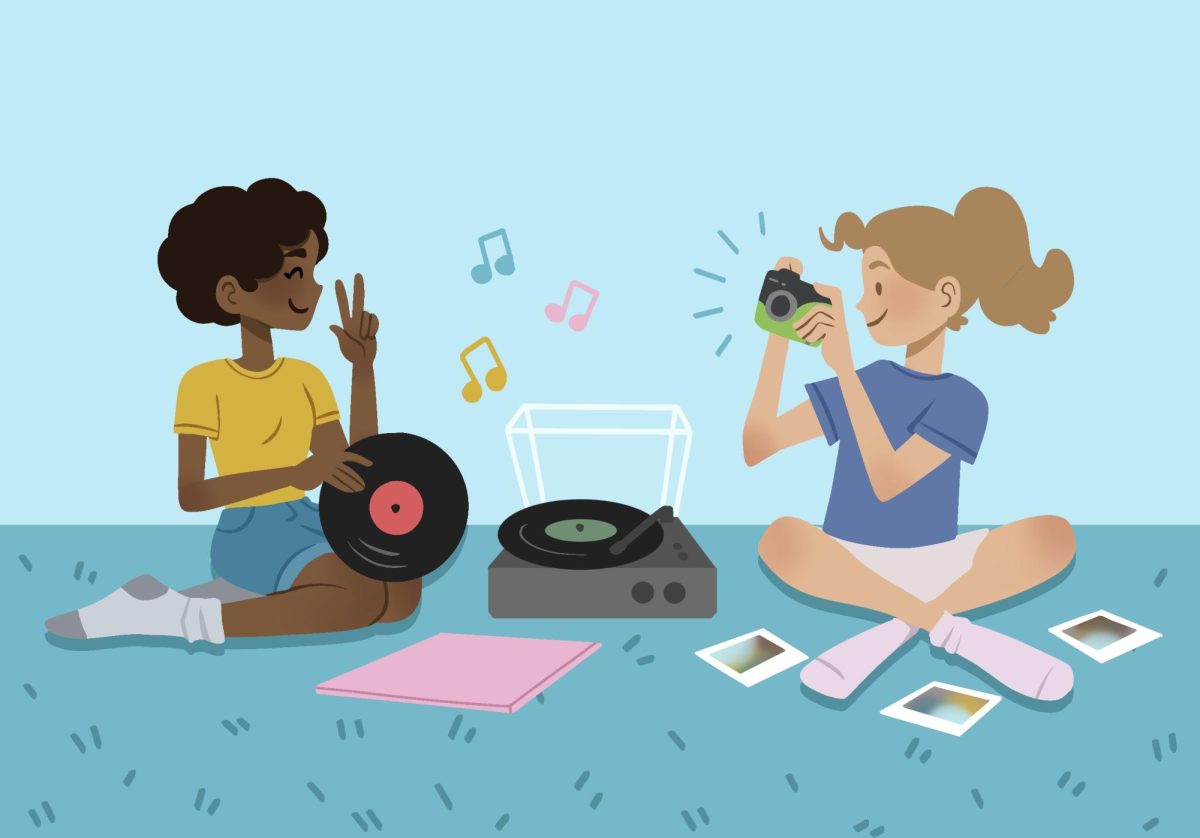I am extremely disheartened after watching chaos unfold at the Jan. 31 hearing on encampments in Minneapolis. I’ve passively reposted many calls from Instagram pages like Camp Nenookaasi, TC Encampment Responder, Autonomous Yurt Union, Southside Harm Reduction, Southside Food Share, Sanctuary Supply Depot, etc., requesting donations, calls to representatives and help on the ground, but I want to take this moment to use my own voice to speak to this issue.
I am one of the young, white University of Minnesota alumni Council Member LaTrisha Vetaw called out in her testimony yesterday. She pointed out that many of us are acting out of white guilt, and there is no question that guilt is sometimes a motivating factor when white people act in solidarity with majority non-white residents of houseless encampments. I also think that is an easy way to dismiss the work of many people who are working in good faith to support neighbors.
When I am helping move residents’ belongings into new spaces, neighbors are often outraged. I consistently hear them say, “Where do you live? This isn’t your backyard! There aren’t needles on your streets! Your kids don’t have to walk to school through this every day!”
I live off of Powderhorn Park, which in June of 2020 was voted by the Minneapolis Park Board as a temporary refuge for people who were displaced during the global pandemic, economic crisis, and unrest following the murder of George Floyd. That encampment became the largest in Minnesota history.
My neighbors and I put safe sharps containers up around our streets. We organized food distribution. We helped folks set up tents and access supplies. We picked up trash. This is when I started making protest art with my community. When that encampment faced eviction, some neighbors and I created leaflets for other neighborhoods explaining what we experienced, what they should expect when houseless encampments are pushed to their backyards and how they can help.
I tell neighbors that I share their outrage. This is wrong and dangerous. It’s especially dangerous for houseless people, who are disproportionately vulnerable to violence. These sweeps do nothing to end houselessness. They exacerbate health disparities, contribute to overdoses and cause people to lose contact with service providers for weeks to months at a time. They attempt to make houselessness invisible by dispersing people experiencing it across the city.

This city spends millions of dollars on violent sweeps, money that could be used to fund housing and public-health-based solutions. Credit is due to the city for investing in culturally specific treatment centers this year, but this is not nearly enough. On February 3rd, the day of the latest eviction, there were just five shelter beds available, and those were quickly filled.
Until dignified shelter and resources are provided for our unhoused neighbors, community members have the right/responsibility to continue to show up for them in the ways they ask of us. Nicole Mason has been a relentless advocate for the residents of Camp Nenookaasi. Follow the work she’s been doing, contact our city council members, and follow the accounts I mentioned above. There are many ways to plug into this work.
Vetaw has done much for underserved Minneapolitans as well, but her testimony at the hearing organized by 9th Ward Council Member Jason Chavez was extremely disappointing.
Ray Gorlin is a former University of Minnesota student and resident of Ward 9.









